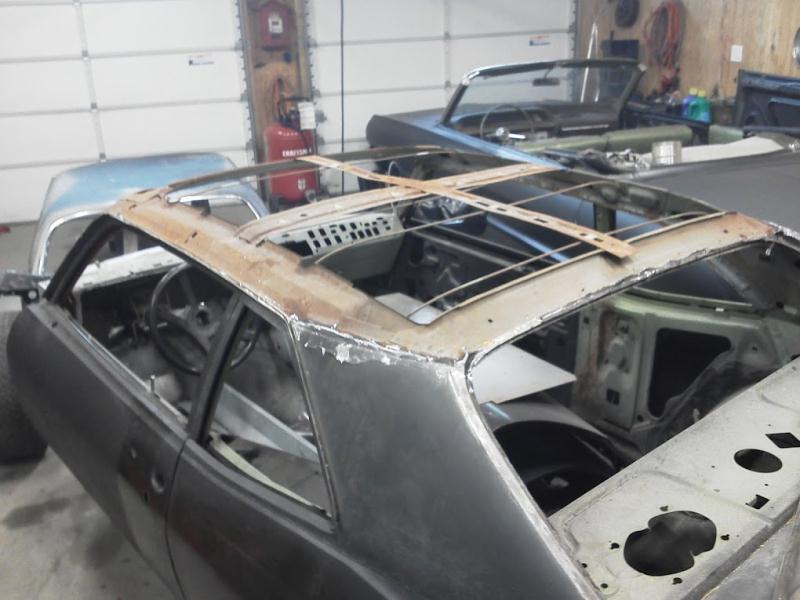Your car’s roof is more than just a protective covering; it plays a significant role in the overall structure and aesthetics of your vehicle. Over time, due to various factors such as weather, accidents, or wear and tear, you may find yourself in need of a car roof replacement. In this article, we’ll explore the reasons behind car roof replacements, the process involved, and why it’s essential for both safety and aesthetics.

Why Replace Your Car Roof?
A car’s roof is exposed to a multitude of environmental factors, including rain, snow, hail, and harsh sunlight. Over time, these elements can take a toll on the roof’s structural integrity. Here are some common reasons why car roof replacement becomes necessary:
- Accidents: Collisions, especially those involving rollovers, can cause severe damage to your car’s roof. Even minor dents and dings can compromise its structural integrity.
- Rust and Corrosion: If you live in an area with high humidity or salt exposure (e.g., coastal regions), your car’s roof may develop rust and corrosion, weakening the metal.
- Age and Wear: As your vehicle ages, the roof may deteriorate due to exposure to UV rays, temperature fluctuations, and general wear and tear.
- Hail Damage: Hailstorms can be brutal on your car’s roof, leaving it riddled with dents and often requiring a full replacement.
The Car Roof Replacement Process
Replacing a car roof is a complex process that should be carried out by experienced professionals. Here’s a step-by-step breakdown of how it’s typically done:
1. Assessment: The first step is a thorough inspection of the roof’s damage. This includes assessing the extent of structural damage, rust, or corrosion.
2. Roof Removal: To replace the roof, one must entirely remove the old one. This involves carefully detaching it from the vehicle’s frame, taking care not to cause additional damage to surrounding areas.
3. Surface Preparation: After removing the old roof, we inspect the underlying structure and make necessary repairs if needed. We address any rust or corrosion, thereby ensuring a clean and stable foundation for the new roof.
4. Roof Replacement: The new roof panel, often made of high-quality metal or composite materials, is carefully fitted and attached to the vehicle’s frame. Precision is crucial to ensure a seamless fit.
5. Sealing and Painting: To prevent leaks and ensure a uniform appearance, we seal and paint the replacement roof to match the rest of the vehicle. This step also helps protect the roof from future environmental damage.
6. Quality Control: After the replacement, a final inspection is conducted to ensure the roof is securely attached and that all safety and aesthetic standards are met.
Safety and Aesthetics
Car roof replacement isn’t just about aesthetics; it’s also about safety. A compromised roof can pose significant risks in the event of an accident. Here’s how a new roof contributes to both safety and aesthetics:
1. Structural Integrity: A new roof restores the vehicle’s structural integrity, ensuring it can better withstand impacts and rollovers. This is critical for the safety of everyone in the car.
2. Enhanced Aesthetics: A well-matched and professionally painted roof enhances your car’s appearance, maintaining its resale value and making it look as good as new.
Conclusion
Car roof replacement is a vital procedure that addresses safety concerns and enhances the aesthetics of your vehicle. Whether due to accidents, rust, or wear and tear, knowing when and why to replace your car’s roof is essential. When considering this procedure, always place your trust in experienced professionals to ensure they perform the job correctly. By prioritizing safety and aesthetics, you can continue to enjoy the beauty and functionality of your vehicle for years to come.



Leave a Reply